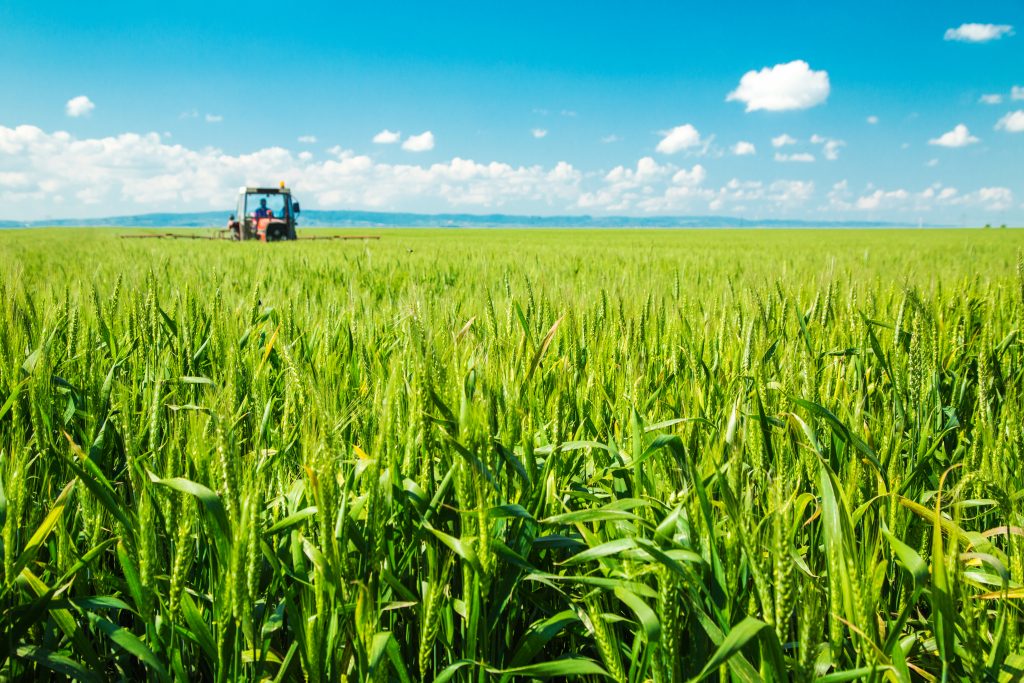Crops downwind from wildfires at risk from atmospheric pollution
With increasing numbers of wildfire disasters globally, research has shown that pollutants released from wildfires can affect crops, forests and other vegetation hundreds of kilometers downwind from the source. As global temperatures increase, moisture and precipitation levels change, and dry areas becoming drier, the likelihood of droughts and prolonged wildfire seasons are increasing.These exacerbated conditions…
The benefits of crop rotation for corn and soybean
Many farmers who grow soybean and corn also integrate crop rotation strategies to avoid the continuous corn yield cost, but scientists from the US have given a new reason to use crop rotation. Evidence suggests that rotating crops increases yield and lowers greenhouse gas emissions compared to monoculture corn or soybean.
Food security and Biofuels
A short extract of some of the main points raised during the course “Examining Issues around Global Food Security” by Dr Julie Flood from CABI at the Department of Continuing Education’s program of the University of Oxford on March 7th, 2014. The course aimed to highlight the issues of food security/insecurity, and particularly around growing…
Planet under Pressure
A major international conference ‘Planet under Pressure (PUP)’ is being held in London, United Kingdom, this week, 26–29 March 2012. The meeting is being attended by scientists, industry leaders and decision makers. It will show whether science can, not only diagnose our environmental crisis, but also provide effective solutions, says David Dickson, SciDev’s editor, the official organisation…
Predicting the effects of global warming on insect pests
It has been estimated that presently pests cause 30-50% of yield losses to agricultural crops in developing countries and these rates are likely to increase with climate change. Although much attention has been given to the impacts of climate change on insect abundance and severity in temperate regions, little is known about potential impacts in…



